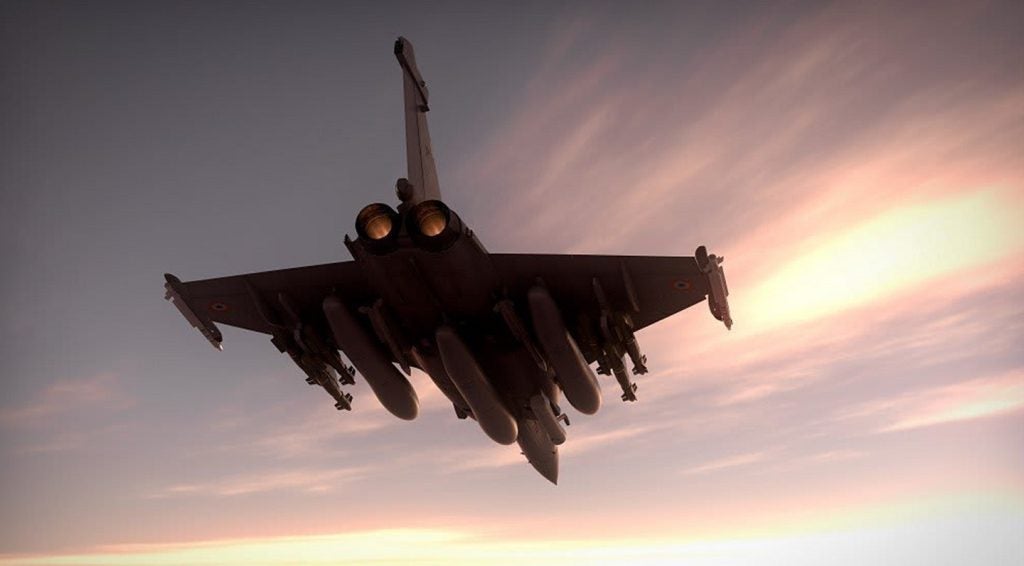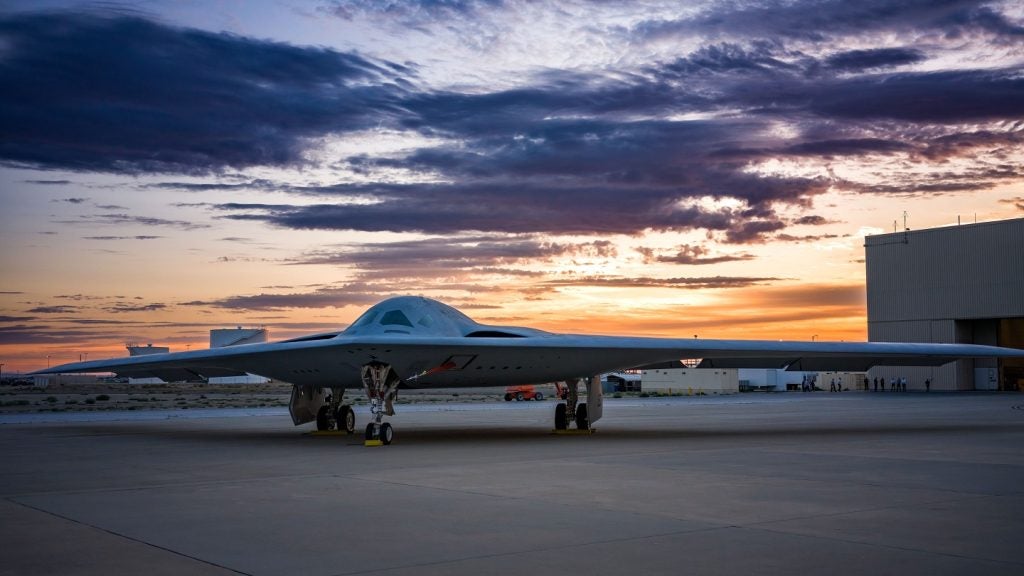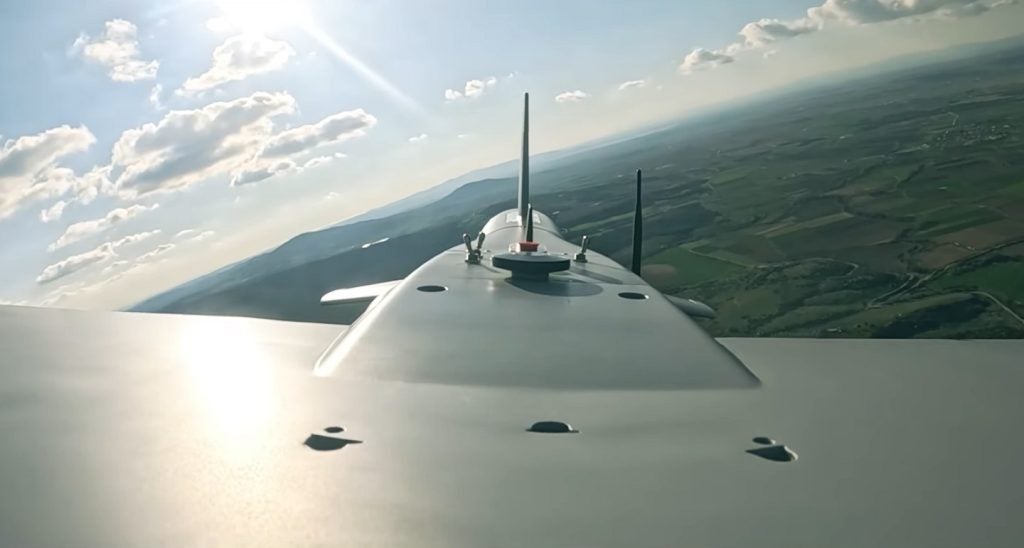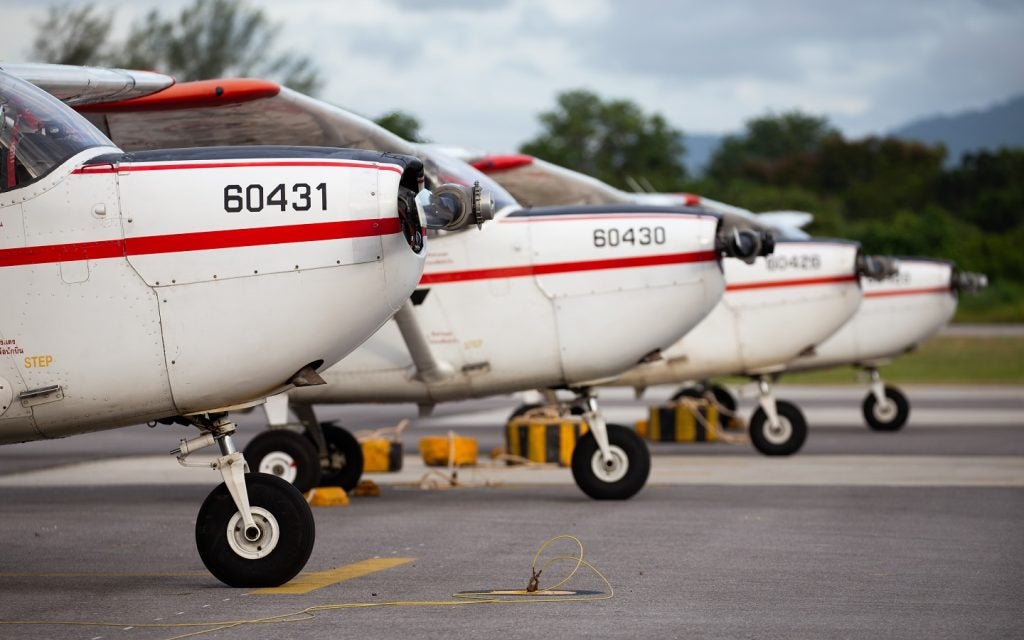
Aerial dogfights are rare in modern times – the statistics speak for themselves. More than 16,000 Hughes / Raytheon AIM-120 advanced medium range air-to-air missiles have been purchased by the US Government during the two decades since they first entered service, yet pilots have reportedly only fired around a dozen of them against hostile enemies. By contrast, the US Air Force used more than 3,500 weapons against ground targets in Afghanistan during the opening nine months of 2011 alone.
The demands of this conflict, along with other recent operations in Iraq and Libya, may have dictated that close air support has concentrated on air-to-ground engagements, but while air-to-air combat currently remains uncommon, the threat of it has not entirely disappeared.
In some respects, the potential danger to today’s fighter aircraft could even be said to have grown, as unmanned drones and technologically advanced surface-to-air missiles increasingly feature alongside enemy pilots in modern aerial warfare. Unsurprisingly, despite their infrequent use of late, air-to-air missiles (AAMs) remain an essential combat element for fifth-generation jet fighters.
High-tech capabilities of fifth-generation AAMs
Fifth-generation AAMs are every bit as high-tech as their fifth-generation launch platforms. Like the fourth-generation before them, this latest crop of missiles has largely arisen out of a range of developments and improvements in seeker technology.
Resistance to infrared countermeasures, increased off-bore sighting capabilities and high in-flight agility features from the previous generation remain, but they are now further enhanced by electro-optical imaging technologies and advanced digital processing.
See Also:
The combination allows fifth-generation missiles to discern more detailed images, improving their ability to distinguish between enemy aircraft and any flare countermeasures they may deploy, enabling vulnerable points to be specifically targeted, rather than just locking on to the brightest heat source, as well as allowing much smaller targets, such as drones, to be engaged.
How well do you really know your competitors?
Access the most comprehensive Company Profiles on the market, powered by GlobalData. Save hours of research. Gain competitive edge.

Thank you!
Your download email will arrive shortly
Not ready to buy yet? Download a free sample
We are confident about the unique quality of our Company Profiles. However, we want you to make the most beneficial decision for your business, so we offer a free sample that you can download by submitting the below form
By GlobalDataExpanding the ‘no-escape zone’
In addition, the enhanced performance of next-generation beyond visual range air-to-air missiles (BVRAAMs) in particular will significantly expand the ‘no-escape zone’ and increase the range over which air-to-air engagements in future can be fought, enabling pilots to exploit the capabilities of their new aircraft to the full.
The Eurofighter Typhoon, for instance, is ultimately destined to have the Meteor – a state-of-the-art BVRAAM from European manufacturer MBDA – as its principal air-to-air weapon system. Said to offer world-beating air superiority, Meteor is a fast and agile missile, with what is claimed to be the largest ‘no-escape zone’ of any air-to-air weapon. Equipped with both proximity and impact fuses, it can engage targets ranging from fast-jets to UAVs or cruise missiles, autonomously in all weathers, during day or night, in full electronic countermeasure environments. It also highlights two other key developments in AAM design – improved kinematic performance and a high degree of network-centric readiness.
Kinematic and network-centric – the missiles of the future
According to the manufacturers, Meteor has between three and six times the kinematic performance of current similar types of air-to-air weapons – something made possible by its unique solid fuel, variable-flow, ducted ramjet propulsion system.
Although rocket motors have the edge in terms of overall speed, they experience a characteristic energy drop-off towards the limit of their range. Ramjets, by contrast, maintain their peak energy state for longer, delivering power throughout the flight, providing a high – though slightly slower – average speed and long ranges over a wide operational envelope, from sea level to high altitude.
Their effectiveness is further enhanced with the inclusion of two-way data link communication, in response to the growing trend towards increasingly networked warfare. It allows the missile to receive mid-course targeting updates, or to be re-targeted if necessary, either via the launch aircraft itself or by a remotely-located third party, bringing unprecedented levels of flexibility to the weapons system.
Currently in pre-production, the first Meteor missiles are on-schedule for delivery during 2012. When the missile enters service with the air forces of France, Germany, Italy, Spain, Sweden and the UK in 2013-15, it will offer full integration on the Saab Gripen and Dassault Rafale jets, in addition to the Eurofighter, with the potential to also equip a number of other platforms, including the F-35 Joint Strike Fighter (JSF).
Air-to-air supremacy and the new risks of aerial combat
A single aircraft armed with a high-tech BVRAAM system would effectively dominate aerial engagements, targeting even the latest generation of opposing warplanes long before they attain combat range themselves. It is a prospect which has renewed the focus around the globe on air-to-air capabilities in general – both long and short range – and in some quarters, the ramifications of that are already beginning to look significant.
The latest Russian and Chinese challenge to US air supremacy, which began in 2010 with the arrival of the prototype Sukhoi T-50 and Chengdu J-20 fifth-generation stealth fighters, has also now been boosted by the success of these countries in developing state-of-the-art, long-range AAMs.
The new Russian weapon for the MiG-31BM ‘Foxhound’ interceptor is currently in the final stages of development, while China’s design is also progressing well, passing approval tests in May 2011. Against this backdrop, in February the US announced the cancellation of its own $15bn next generation missile (NGM) programme – formerly known as the joint dual-role air dominance missile – for what General Edward Bolton, the USAF’s chief budget officer, called "affordability reasons".
A number of defence analysts have expressed concerns that abandoning the project, which had until just two short months earlier been publically described as a major priority by USAF officials, exposes US forces to unacceptable operational risks.
There has also been speculation that it could even open up the spectre of another AAM-gap, like the one which persisted through most of the 1990s, when analysis suggested the helmet-sighted Vympel R-73 AAM would give Soviet-bloc MiG-29s a decisive ‘first shot’ advantage in close quarter engagement.
Until 2003 and the USAF’s introduction of the AIM-9X, Chinese Su-27SK and Su-30MKK fighters, equipped with the R-73, also shared this same advantage. With the impending arrival of weapons such as the ramjet powered Chinese PL-21 and the Russian rocket-powered RVV-BD missiles, some fear history may be about to repeat itself.
Air-to-air combat remains a very rare event in modern warfare. After more than a decade of action over Iraq and Afghanistan, there has not been a single instance, not even during the initial stages of operations.
Nonetheless, the continued development of increasingly high-tech fighter aircraft, sensors and airborne weapons systems worldwide represent an enduring and quickly evolving potential threat to military pilots and planes. More to the point, it is clearly one that no air force can easily ignore.







